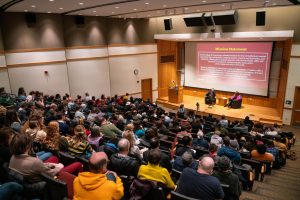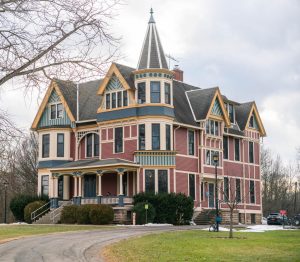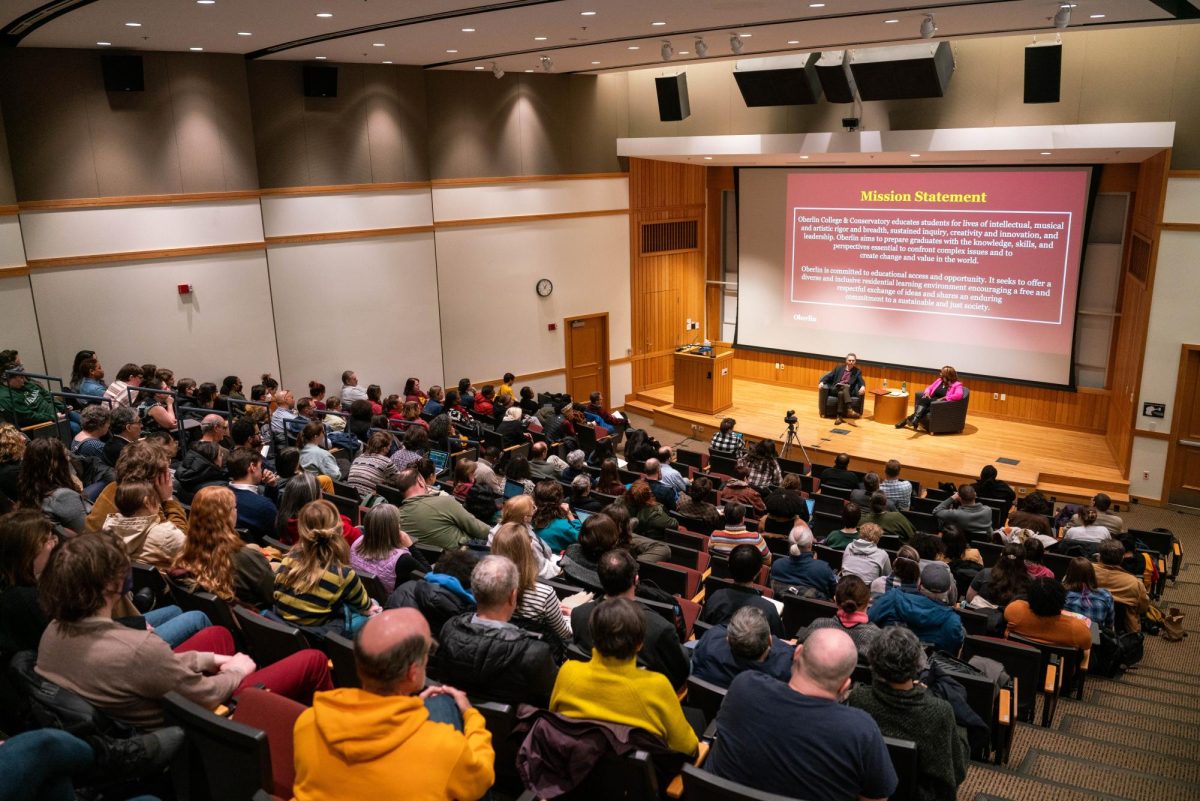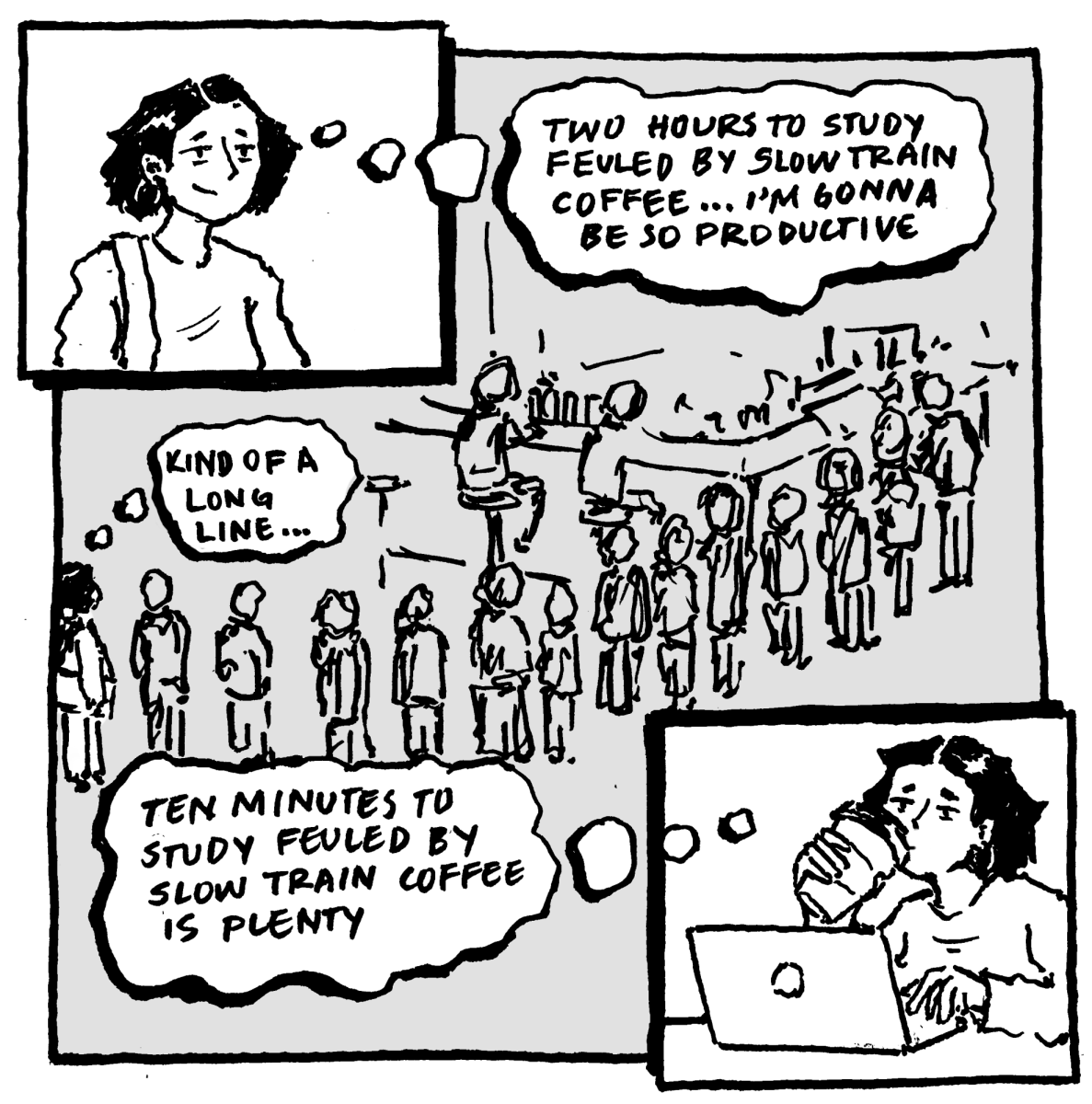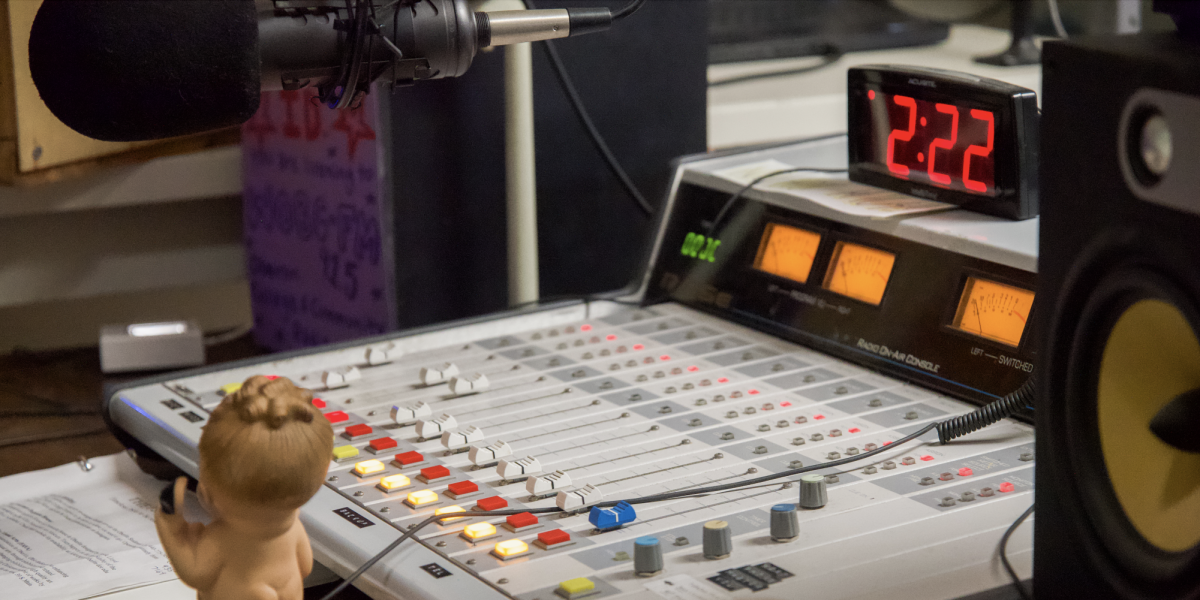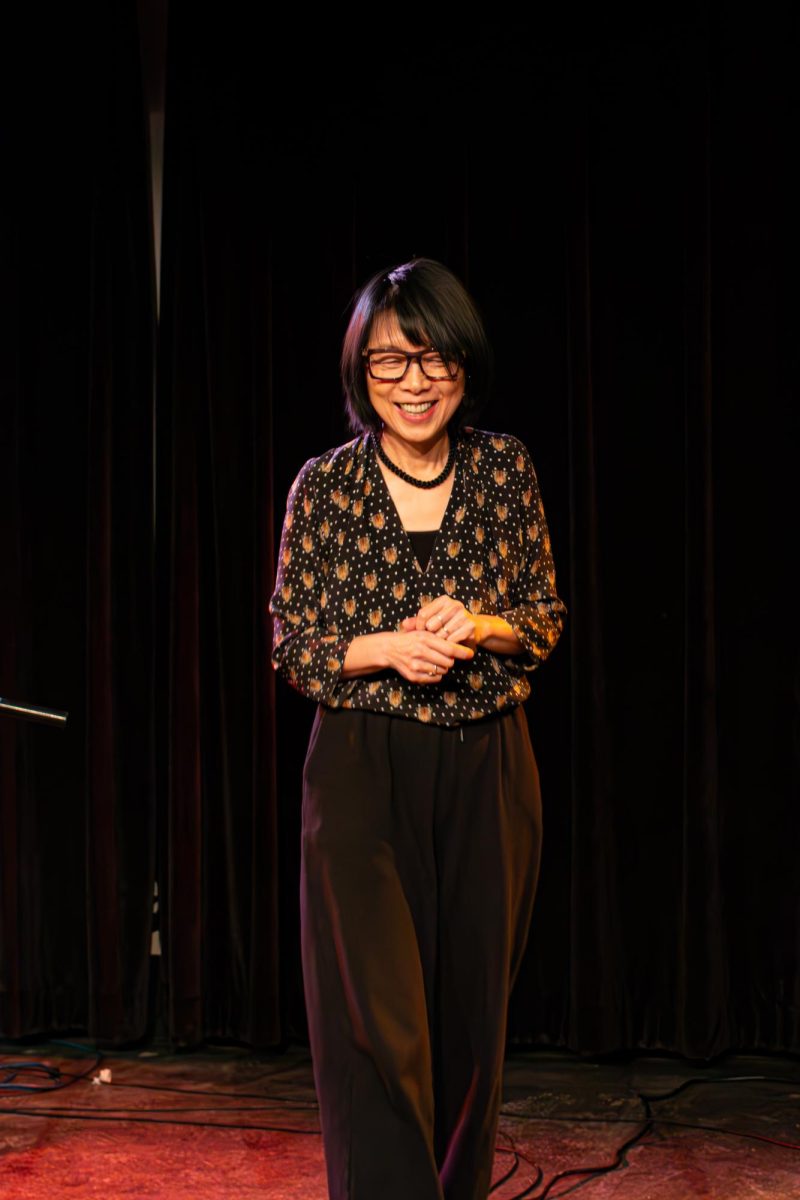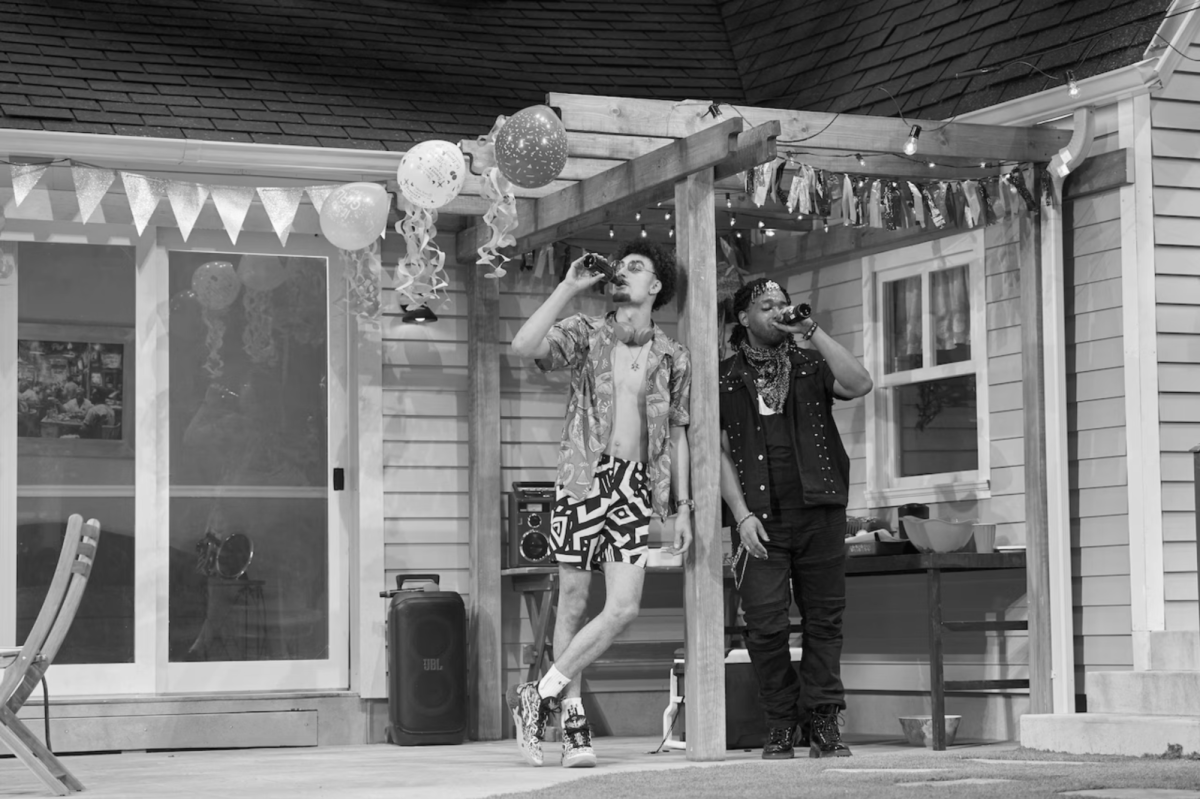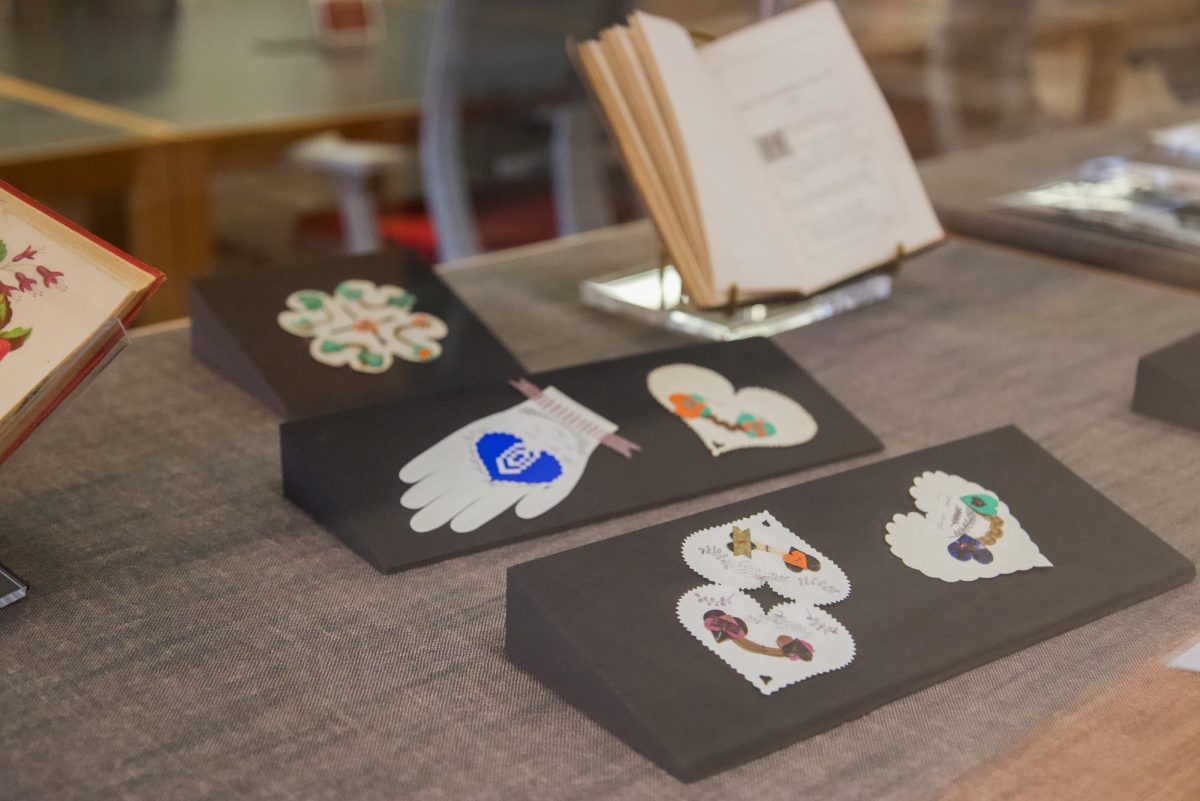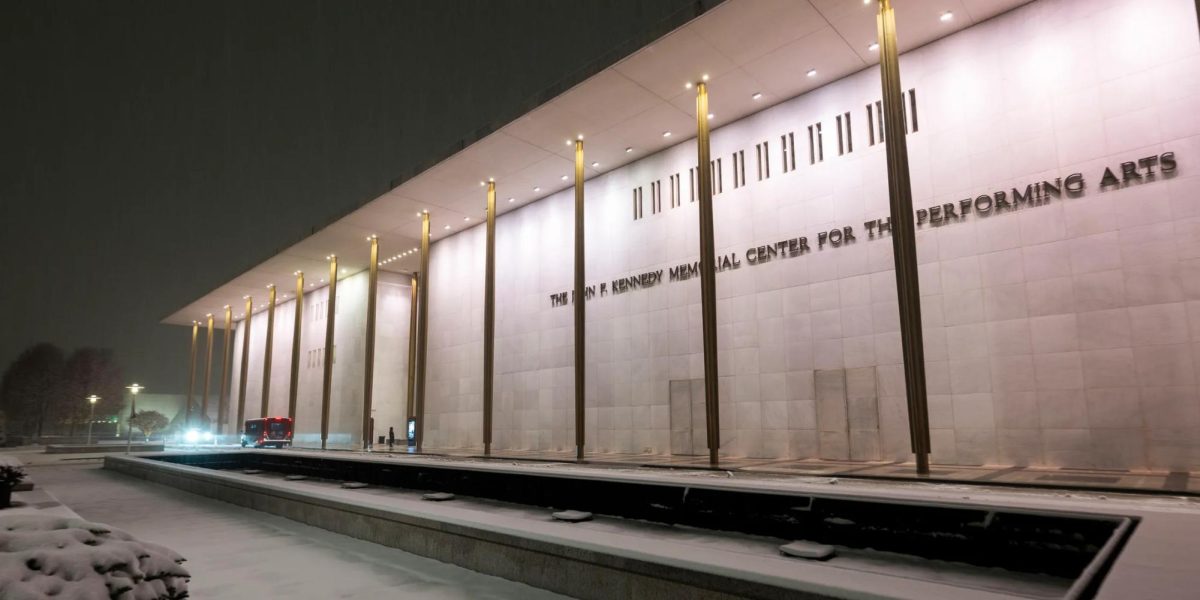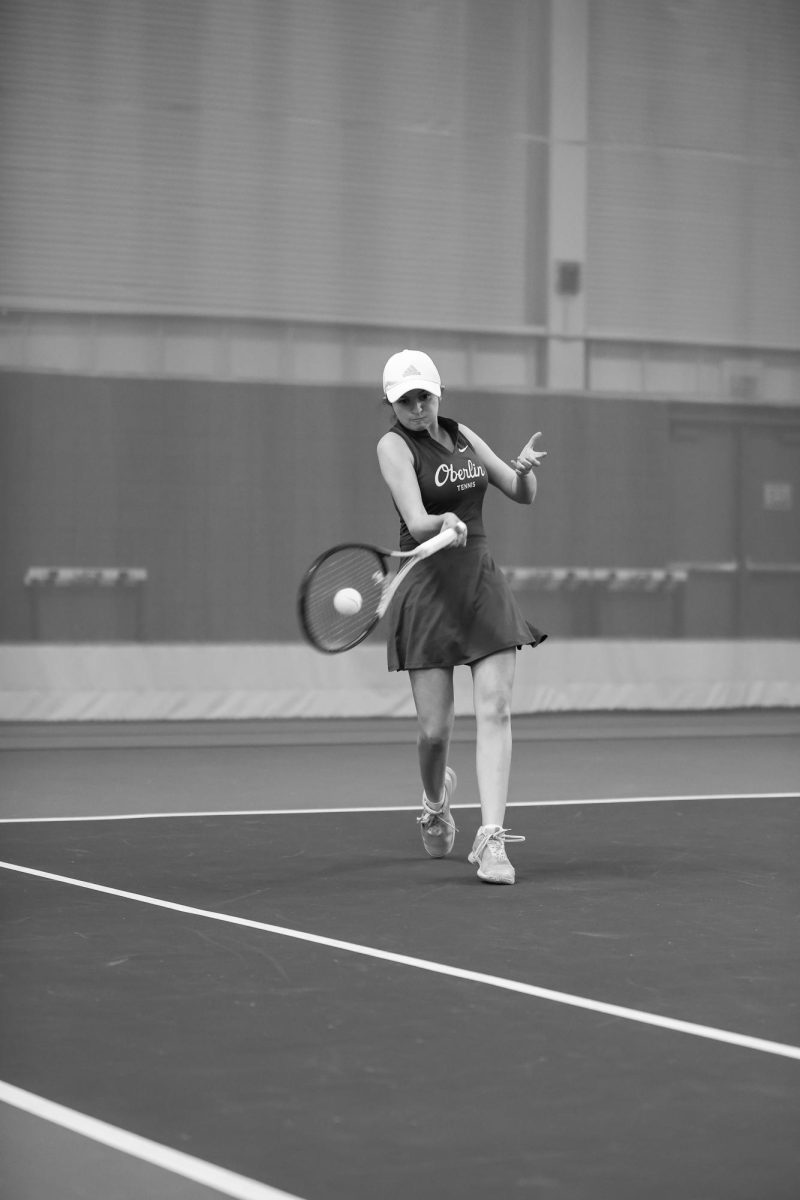Status Quo Reigns Supreme at Vatican
March 15, 2013
When Cardinal Jorge Mario Bergoglio was elected pope on Wednesday, the event was hailed as a sign that the Catholic church was finally, mercifully beginning to evolve to reflect the interests of its 21st-century membership. Bergoglio — or Francis I, as he will be known from here on out — is a native of Buenos Aires, making him the first pope not born in Europe in over a millenium. And such a shift is apt, considering that the majority of the world’s Catholics now reside in the global South; in the Church as elsewhere, Europe is losing its supremacy.
But before we fall over ourselves congratulating the cardinals on their progressivism, it bears repeating that Bergoglio is hardly a revolutionary choice. Though he indeed has lived in Argentina since his birth, viewing him as representative of Latin America today is a bit deceptive — as The New York Times notes, Bergoglio’s parents are both Italian, making him as ethnically European (read: white) as Benedict before him.
There are some notable differences between Francis and his predecessors, but at this point in time it can hardly be said that the Vatican has drastically altered its course. Perhaps The Onion said it best (as it is wont to do). An infographic posted Wednesday titled “Who is Pope Francis?” lists everything you need to know about the new leader: “Old: Yes; White: Yes; Women’s rights: Nah; Ability to walk up stairs without help: Not great.”
But many observers have been quick to anoint Pope Francis as the man to carry the church into modernity. And, certainly, he should be praised for his humility, a marked departure from the showiness of recent papacies. He chose the name Francis after St. Francis of Assisi, the Italian patron saint who renounced his wealth and took a vow of poverty. Pope Francis has been known to travel on public transportation in Buenos Aires and spend a substantial portion of his time in the slums; he eschewed the usual superficial luxuries that distinguish the papacy, opting for a simple white cassock and his own modest cross.
And, yet, you’ll have to excuse the many who remain skeptical. We’ve been down this road before, after all — John Paul II was a massively charismatic pope, but he was also a devastating- ly conservative one, making it his mission to unravel the reforms of the mid-20th century. Francis’s humble gestures and his status as a Latino may well prove to be meaningful, but there are reasons to proceed with caution. In 2010, he encouraged Catholics in Argentina to protest when the country legalized gay marriage. While this does not condemn his papacy, it means that all eyes will be cautiously fixed on the Vatican; at this point, a baseline level of conservatism should be expected.
Francis inherits an institution that has stubbornly kept its back turned to the 21st century, beset by the worst scandal it has faced in centuries and a membership that is shrinking by the day. Pope Benedict believed that a smaller, “purer” church was a better church, no matter how many followers he alienated along the way. Despite apologizing for sex crimes committed by clergy and vowing to adopt a zero-tolerance policy, most offenders have still not been brought to justice. The Vatican finds itself at a crossroads, a point of crisis where it must decide what path it will choose to follow. And Pope Francis choosing to ride an elevator in the company of cardinals — when traditionally the pope would descend alone — ought not to be hailed as a bold indication of his new vision for a 21st-century papacy.



